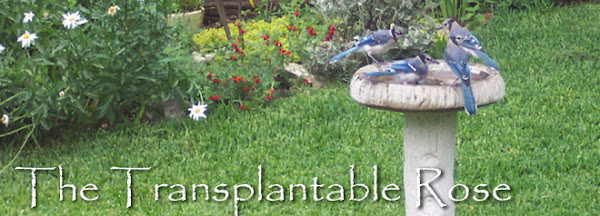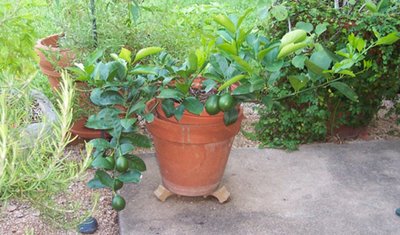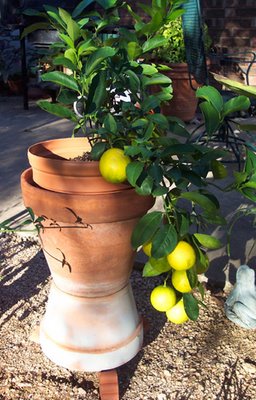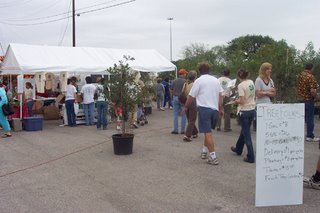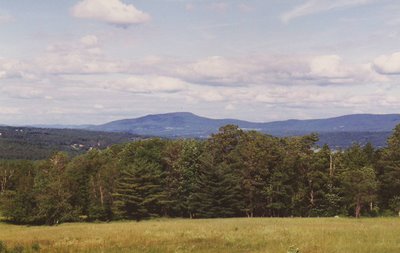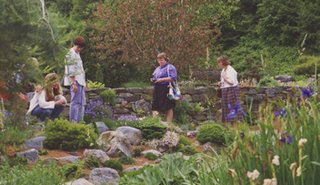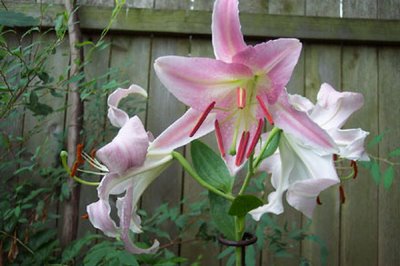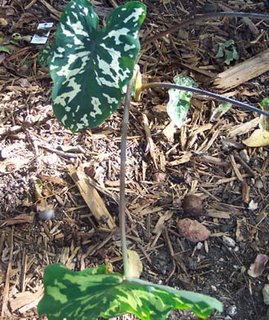Early last week I got an email, inviting us to be extras for a movie being filmed by Jay & Mark Duplass. As soon I saw who the filmmakers were, I emailed back a definite 'yes', asking that both Philo & I be put on the list. We liked the Duplass brothers’ last movie very much. It was one of two movies I talked about in my June 21st post if you want to check the archives.

Back then I said that this ”…combination road picture/relationship movie is called The Puffy Chair. Jay and Mark, the Duplass brothers, some-time-Austin residents, made the film on an incredibly small budget using many ways to keep costs down: one brother is the director and cameraman, the other stars and acts as producer, family members were talked into giving financial support and taking roles as actors, the homes of family & friends are used as sets, and the number of takes was kept short.
The performances are a delight, and we want to see these people again. Rhett Wilkins is making a habit of playing quirky brothers, since he is the main character’s nature-boy brother in this movie, and the main character’s older brother in Jumping Off Bridges. There are parts of this movie that leave you limp from laughing.
The Duplass Brothers were present at our showing of the movie, and they are hilarious and articulate in person. Mark Duplass has an intense and expressive look, reminding me somehow of Martin Landau when he was very young. Back in 1959, Landau had to be the villain in North By Northwest, but Mark gets to be the lead in a world that better appreciates interesting faces.”
You can read more about the movie at the Official Site. This October, after screenings at festivals and some theaters, The Puffy Chair became available on DVD through Netflix. Now even if you live where access to independent films is limited, you have a chance to enjoy this movie.
Last weekend we went to the filming site for the new project, and found out that many of the other people were experienced at being extras. There were some professional film actors in the group, as well as a local stage actress. We heard about their previous movie work and noticed that some extras brought additional articles of clothing and reading material. All we brought was a tin of Altoids.
It won’t be giving anything away if I tell you that we extras portrayed members of an audience in a movie theater – that’s already been in the movie blogs.
It won’t be giving anything away to say how fascinating it was to watch Jay & Mark and their cast & crew in action.
I’ll only give away my one, tiny ‘extra’ moment which happened during a brainstorming session about one line of dialogue. I made a very audible wisecrack, causing Jay Duplass to look up, smile and say “That’s really funny!” Then he laughed. I found it very cool to make a movie director laugh, especially since he’s the same age as my kids.
 Twenty-two years ago we had a big party, and I dressed as Magenta from the Rocky Horror Picture Show. For 2006, this hat and official Puffy Chair T-shirt will be my costume!
Twenty-two years ago we had a big party, and I dressed as Magenta from the Rocky Horror Picture Show. For 2006, this hat and official Puffy Chair T-shirt will be my costume!Happy Halloween!
EDITED JUNE 15, 2008
We didn't know what the movie title would be back when we were extras in October 2006, but the Duplass brothers named their horror/relationship comedy Baghead. It played Sundance and is now premiering in Austin (playing at the Regal Arbor and at the Alamo Drafthouse) even before it opens on East and West coasts. Philo and I saw the movie (yes, we are visible!) and I'll be posting about it soon.
